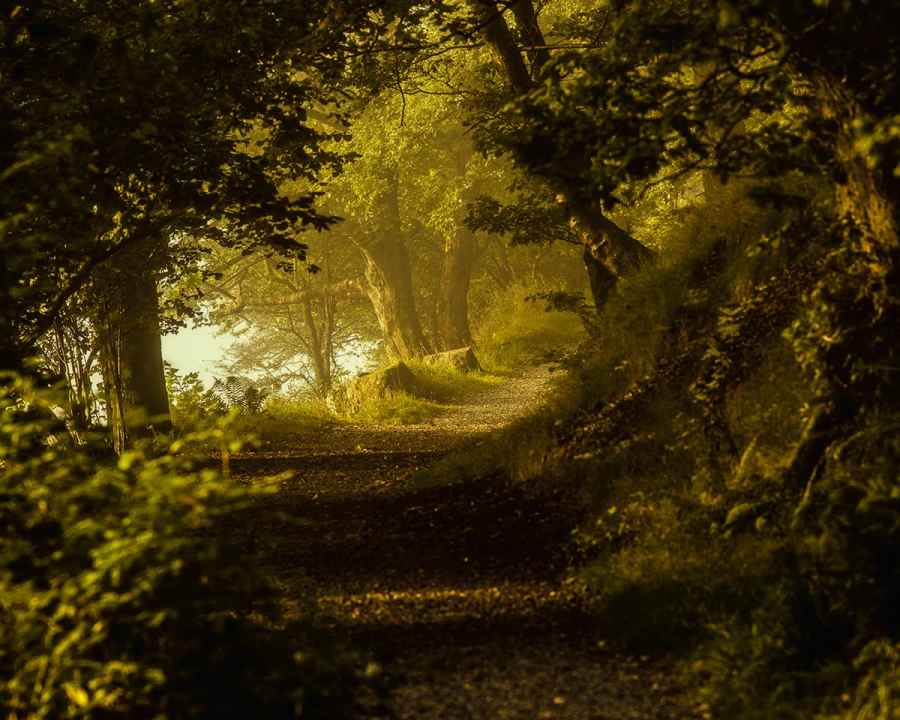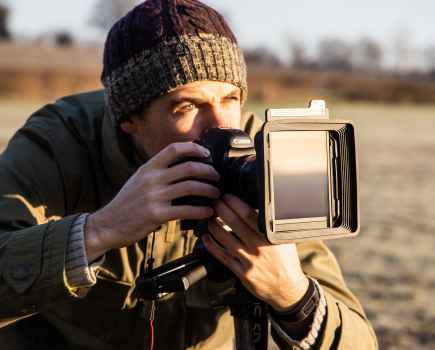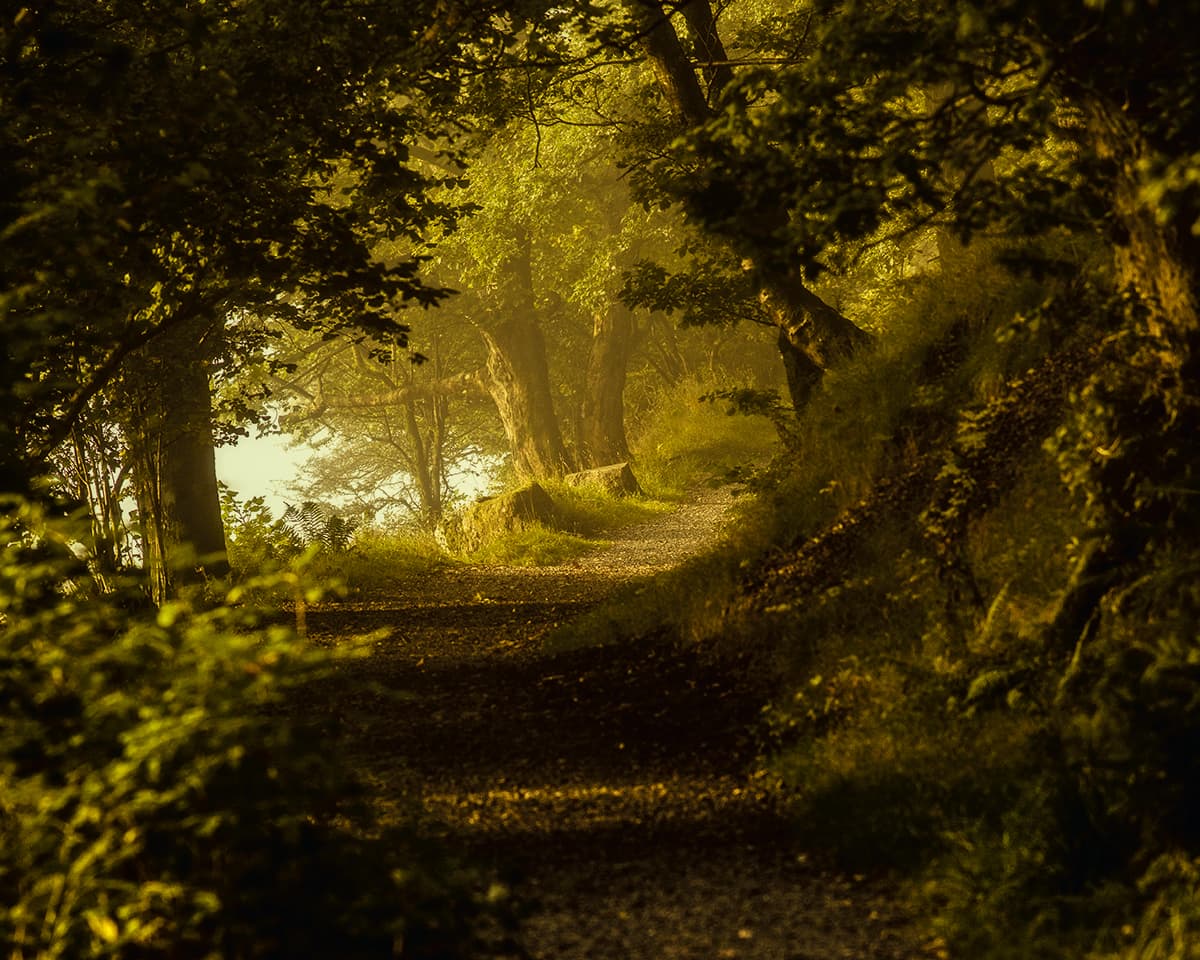
It’s far better to catch fleeting moments in time when the light is just right
For a long time landscape photographers have been told that the key to a successful image is a scene with a foreground that leads you in. It should be well balanced according to the rule of thirds, and should be perfectly sharp from front to back.
As my photography evolved I realised that I far preferred to catch fleeting moments in time when the light was just right. This required a more fluid style, rather than a traditional one. Smaller apertures usually need shutter speeds that are slow enough to necessitate the use of a tripod. My own feeling is that I was less emotionally attached to an image that felt too staged – as if I were ‘creating’a moment as opposed to ‘capturing’ one.
Reviewing older images revealed that most of my favourite images were taken handheld and at f/5.6. The foreground or a huge depth of field wasn’t important, but the mood of that precise moment in time was. One of the most essential aspects of this style of landscape photography is to go out with no preconceived ideas of what you’re going to take photographs of. I’ve sometimes described it as an ‘aimless wander’ and it’s not far removed from that. Preconceptions can lead to you walking past a beautiful scene while your mind is instead set on something else.
For more landscape photography top tips, check out our twelve-point guide to shooting stunning scenery. Or, if you’re looking for some inspiration, try setting yourself a landscape photography project.
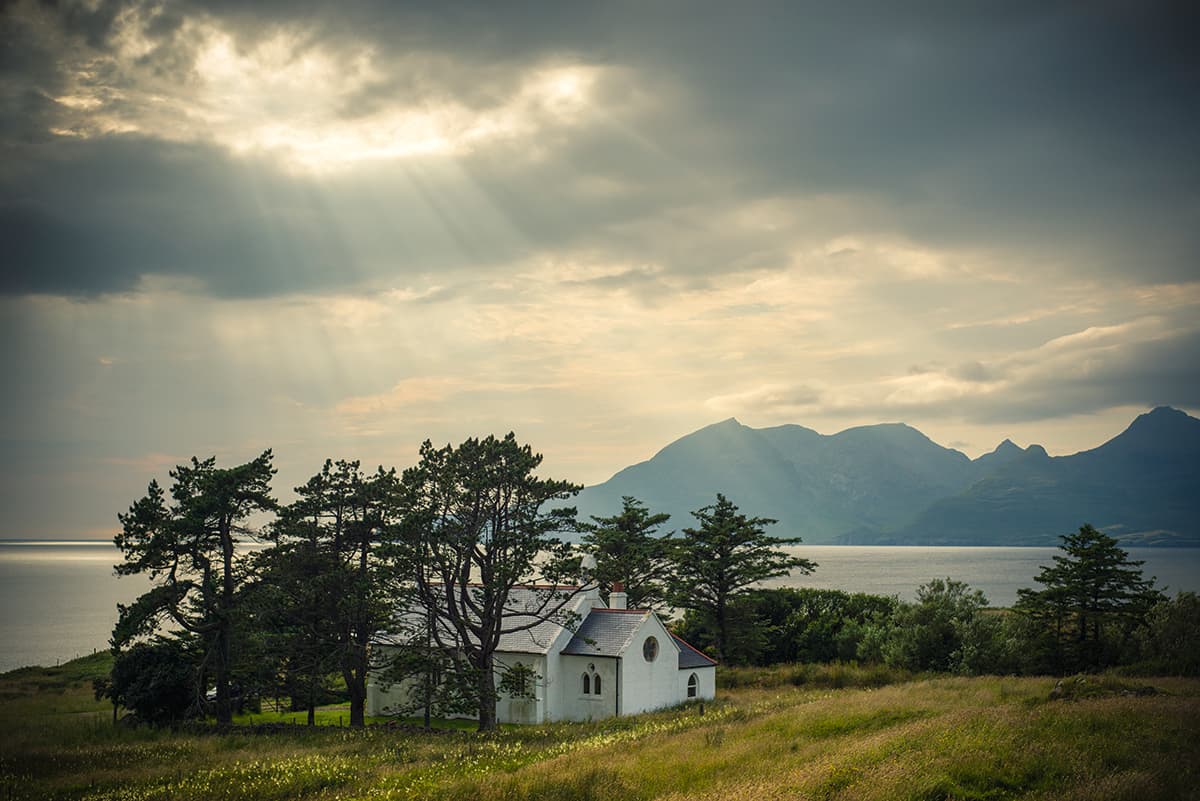
Investigate a location fully to ensure you make the most of it
Back to basics
Over the last few years there’s been a rise in mirrorless systems and a trend towards lighter-weight camera/lens combinations. These systems, allied to improved dynamic range, work perfectly alongside my kind of approach. I regularly wander out with my Nikon DF and three or four lighter-weight lenses. No tripod or filters are needed for this approach and the light weight means I can wander freely without the risk of tiring myself out – always a possibility when I was carrying a full range of lenses, filters and a big, heavy tripod. With this approach I have everything I need to respond to changing conditions and landscape photography becomes a thrilling adrenaline rush.
At closer ranges the shallower depth of field using an aperture of f/5.6 can work beautifully to focus attention on a particular element in the frame.
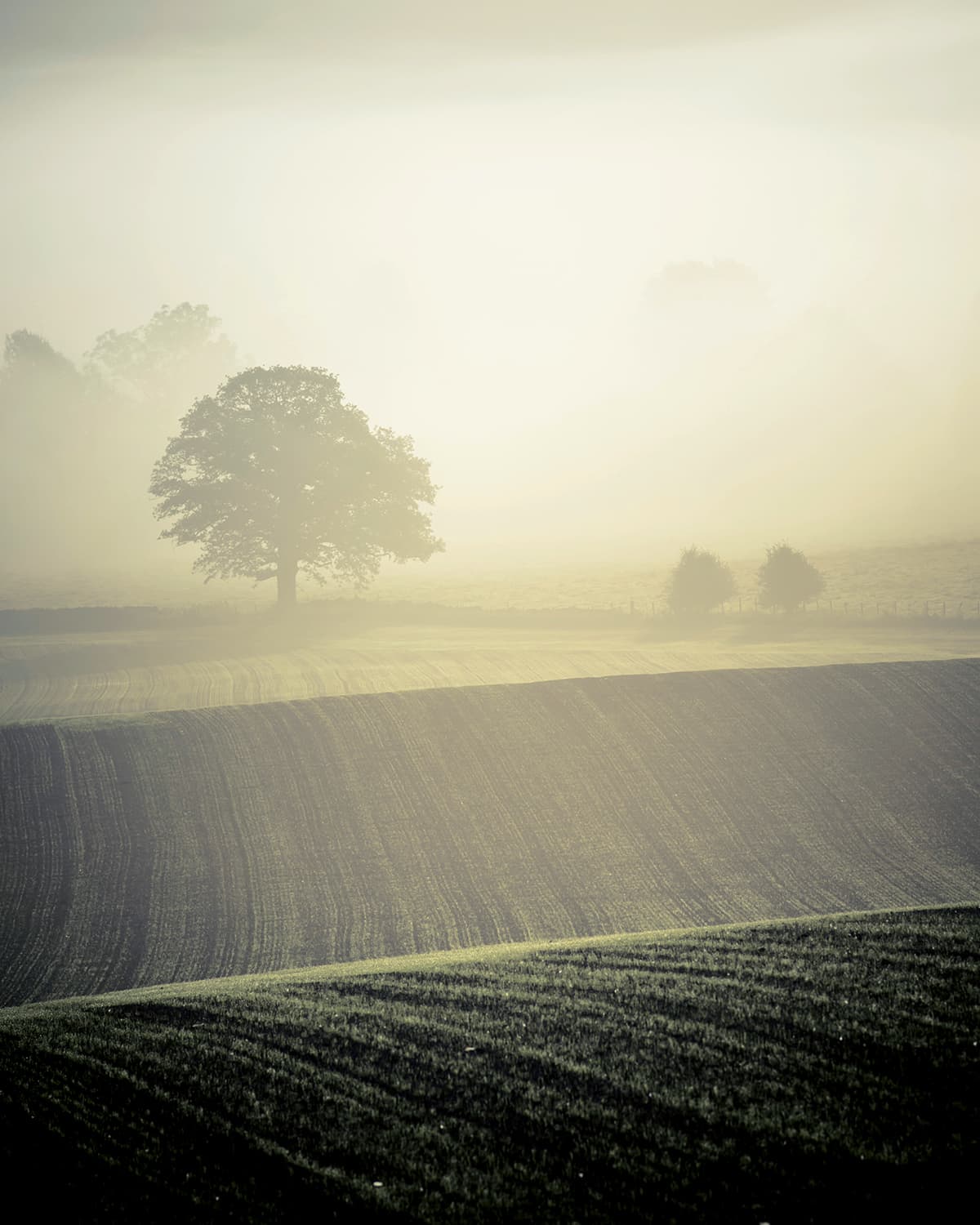
Shooting at f/5.6 can add a real sense of depth to your images
When trying to emphasise the mood and atmosphere of a scene I don’t think every aspect of it needs to be perfectly lit, and for each part to be sharp and in focus. It’s important to allow your imagination a bit of free rein, allow it to fill in some of the blanks. A successful horror movie succeeds because it plays on your imagination. If an image is perfect then it’s in danger of becoming sterile and lacking in mood.
I like to pair this wide-aperture approach with slightly longer lenses. One of my favourites is the old, but beautiful, Nikon 180mm f/2.8D. This lens is perfect for this type of approach. It’s at its peak at f/5.6, is lightweight and compact and is surprisingly cheap second-hand.
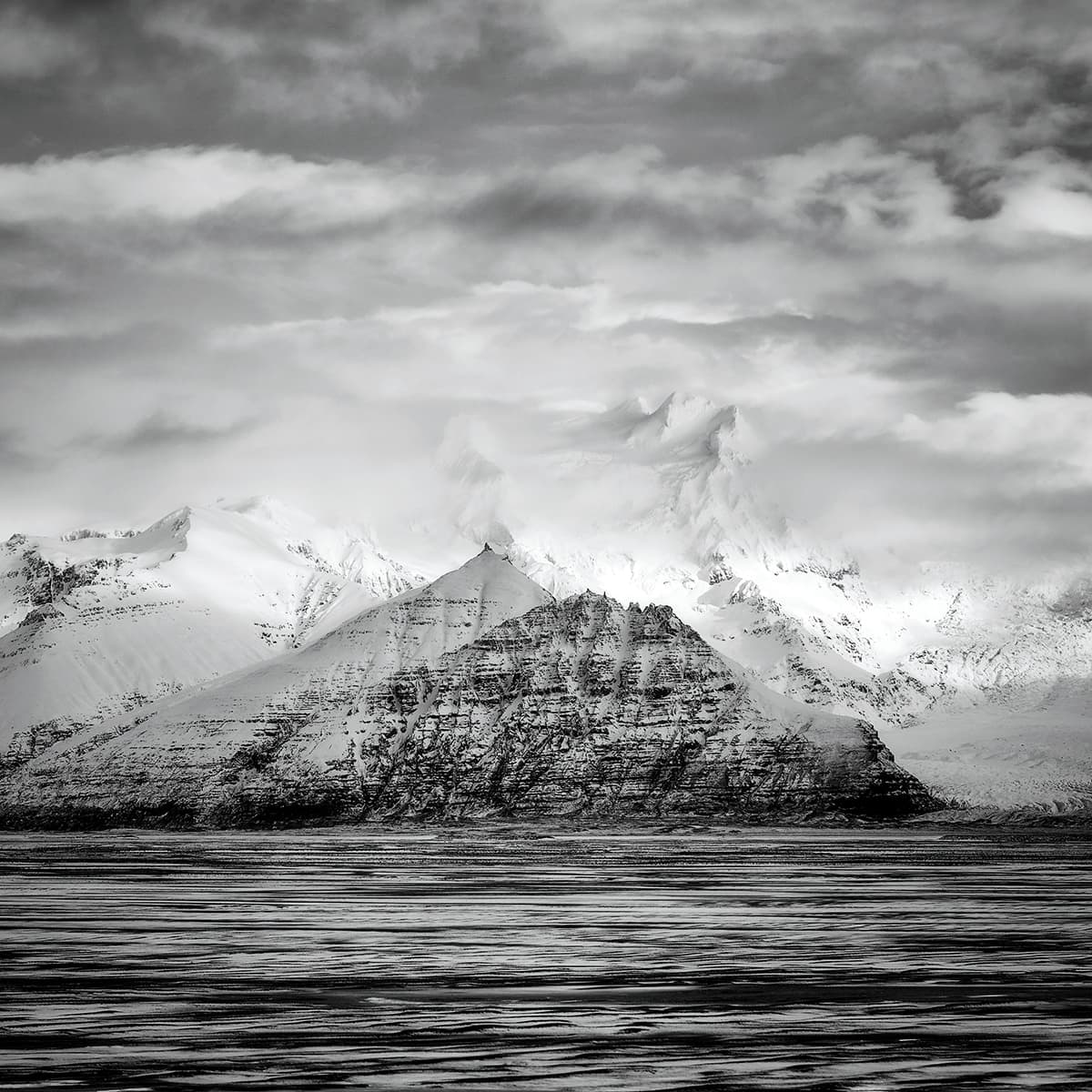
This wider aperture approach works well with longer focal-length lenses
Inspiration
I find it hard to pinpoint the precise source of inspiration for this style of photography, but I’d have to reference the Disney animations of the 1950s and 1960s such as Pinocchio and The Jungle Book. The layered sets really entice the viewer, and we watch the scene as bystanders simply peering in. Some of the foreground is blurred but that’s of no consequence, as it just adds to the mood. While previously I would have always used my hyperfocal distances to work out how I was going to create an image when shooting at f/5.6, now I decide which part of the image it’s most important to keep in focus and then arrange the composition to suit.
Shooting subjects further away renders the use of wider apertures as rather superfluous. A favourite lens is the Nikon 135mm f/2 DC. This is widely regarded as Nikon’s best portrait lens but I’ve never believed that you can pigeonhole a lens as only suitable for a certain type of work. A great lens is a great lens. At f/5.6 this lens has a hyperfocal distance of 350ft [106m] and works at its optimum at that aperture. Another point to consider is that the Nikon D800 is not diffraction limited at f/5.6, and its ability to resolve detail when allied to a good-quality lens is superb. Even though images may be created at a longer range than normal I still think smaller, intimate scenes are just as important. Herds of wildebeest sweeping majestically across a plain are not imperative to create an impact. An image can be composed through the use of colour or by the way the light strikes certain parts of the landscape.
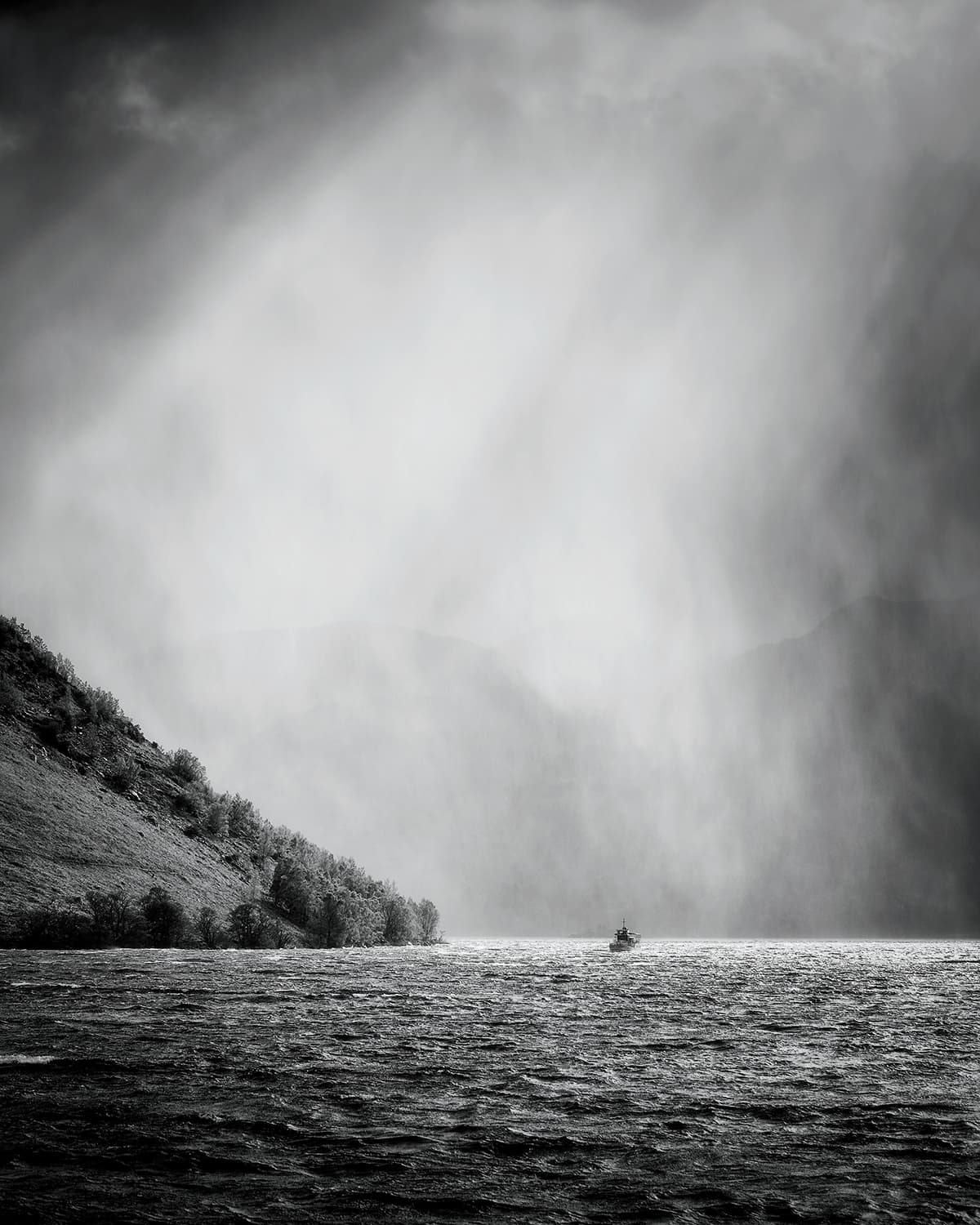
When shooting long-range scenes, think about your anchor point
Primes over zooms
I use the f/5.6 approach frequently when out walking on the fells for another simple reason. You can maintain a high shutter speed, even in lower light. I like to use prime lenses a lot of the time as it makes me work harder to compose an image properly, rather than just using a zoom.
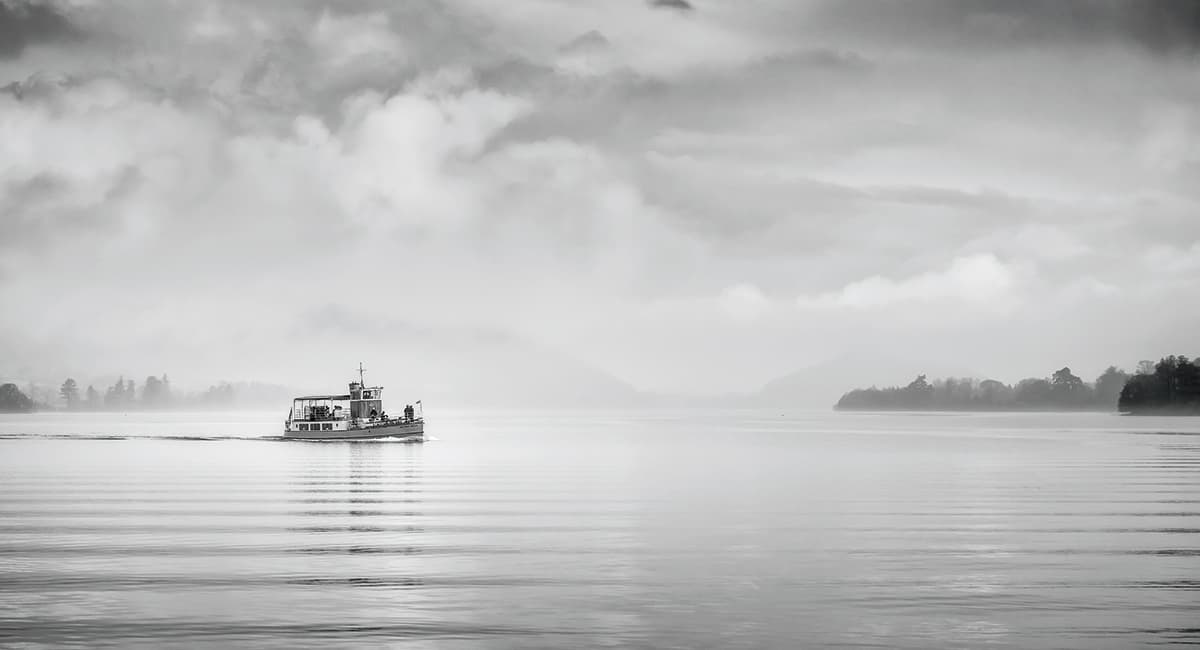
Working with primes will often mean a bit of shifting around to refine composition
The disadvantage of this is that getting the perspective right can, at times, require a great deal of moving about to get things just right. While the conventional wisdom is to shoot at a shutter speed one-and-a-half times the focal length you’re shooting at, I quite often go to three-times the focal length to ensure sharpness across the frame. This might seem extreme but I’m very rarely left with an image that isn’t suitably sharp enough to print at large sizes.
Why it works
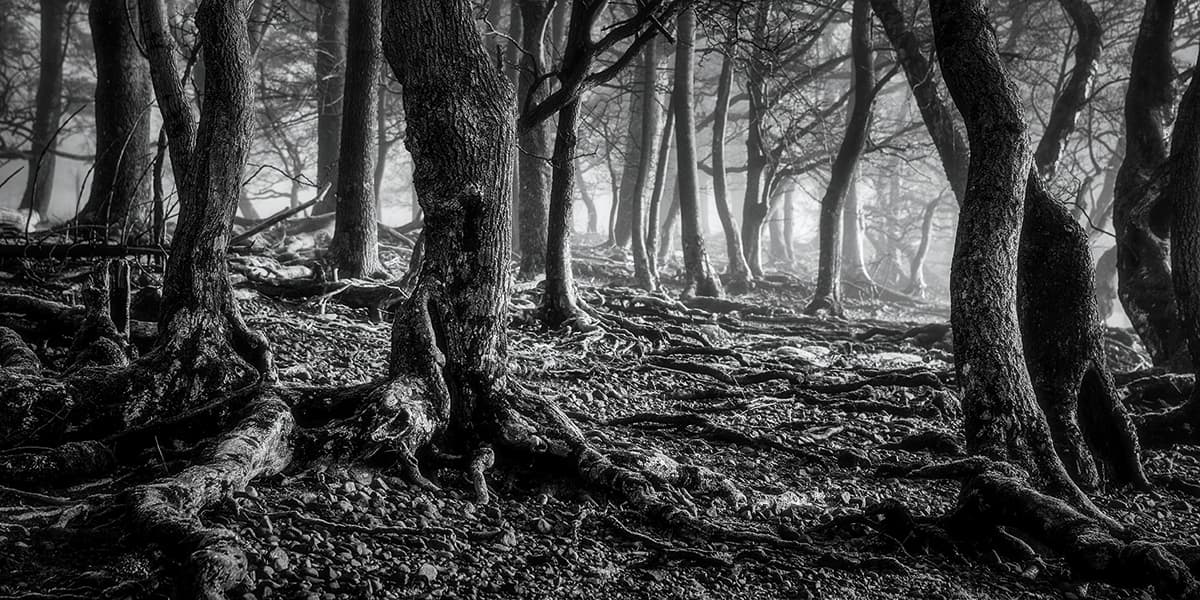
Shooting without a tripod and at f/5.6 meant it was possible to work quickly
This image is of a small woodland on the shores of Ullswater with an almost primordial feel to it. On this occasion I was lucky enough to be there with an early morning mist just catching the first light as the sun rose above Place Fell. I wanted to focus on the almost ‘communal’ feel of the trees, which was highlighted by their exposed roots. The two trees in the foreground were key to this. They looked as if they feasted on local wildlife instead of sunlight and soil.
I wanted to highlight them and let the rest of the trees become indistinct, as if they were fellows of a similar nature. Shooting at f/5.6 and 70mm allowed me to move quickly in rapidly changing light and get the exact look and feel I wanted. The imagination is fully engaged with this image.
Why it didn’t work
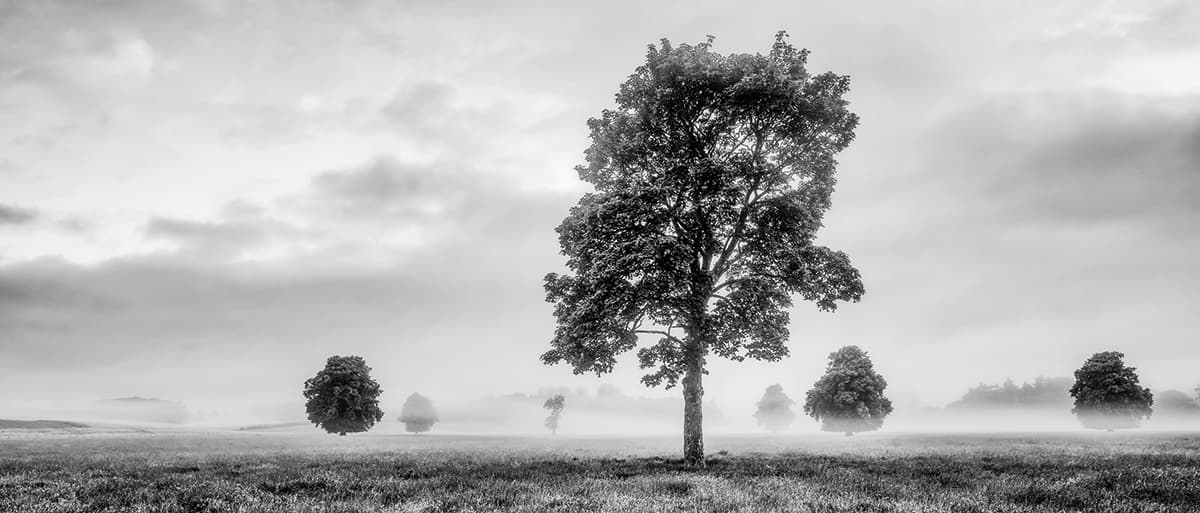
Trying to be perfect removed the emotion from this image
If I had to pick a particular image that highlighted a turning point, then it would be this one. At face value it’s a nice image, but looking at it further and analysing it, I find no emotional attachment to it. The trees are arranged in the frame in such a way that is almost clinical. If you examine each branch in the foreground tree you’ll notice that as they reach down they fit into a corresponding gap in the surrounding landscape and everything fits together. Trying to be perfect removed the emotion.
To connect with your landscape I think you should be able to go out without your camera once in a while and just enjoy being there. Roam freely. Appreciate the beauty of your surroundings. Landscape photography can be a buzz, so get out there and enjoy it.
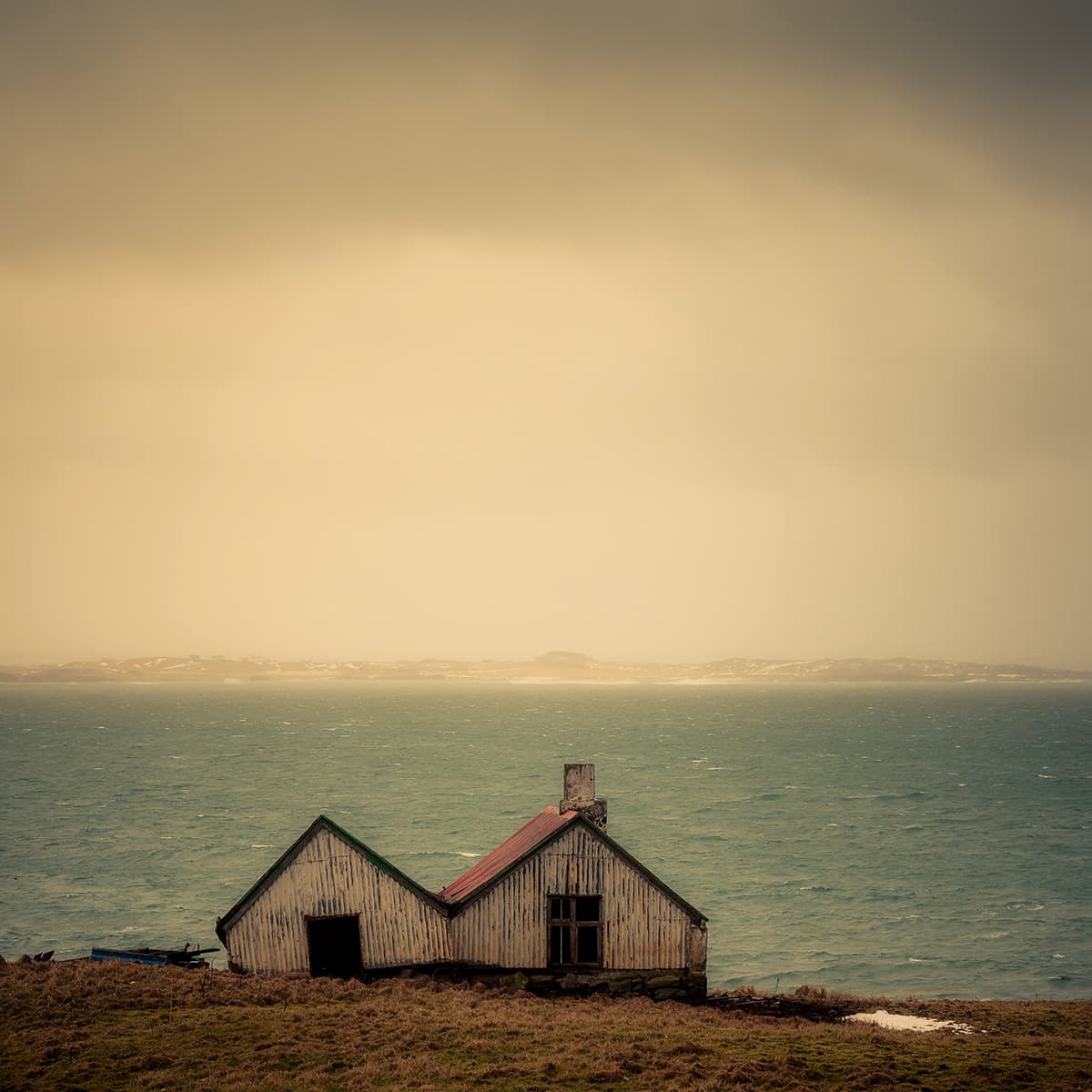
As long as an image conveys mood and emotion, it doesn’t always need to be perfectly lit or in focus
Kit list
Lens choice
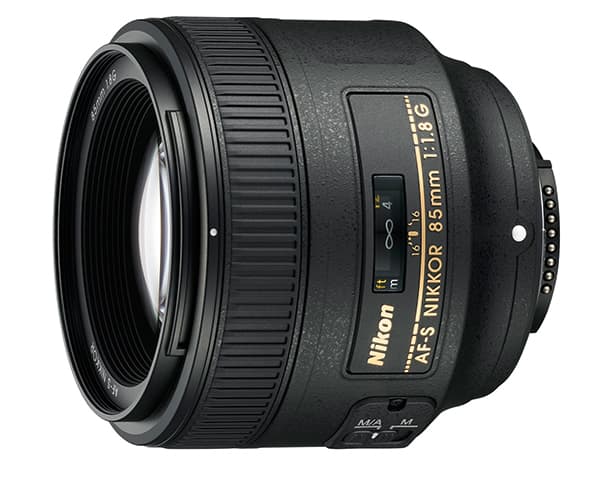
I don’t really think there is any poor kit out there these days, and I don’t like to get pulled in to the whole equipment debate. However, the Nikon f/1.8G FX range is fabulous, in particular the AF-S Nikkor 85mm f/1.8G, which is a superb lens and a firm favourite of mine.
OS Maps
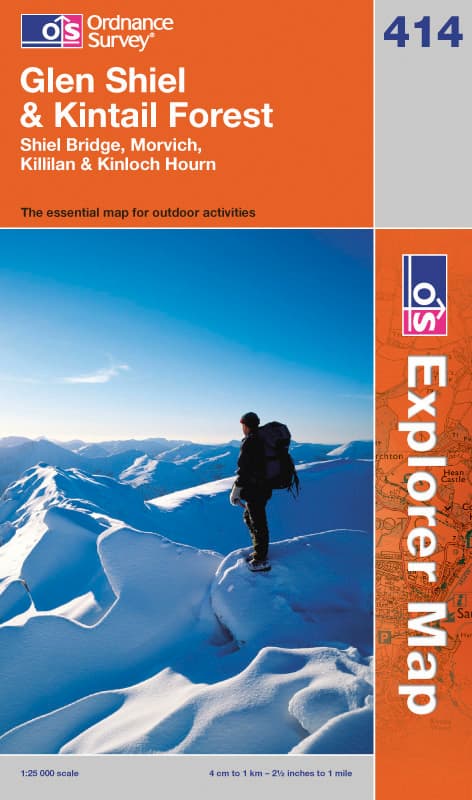
If you’re going to explore then plan everything out in advance. I use OS maps as they can help immensely when planning on getting away from the paths and finding somewhere new. Also use them to look for new features, such as woodlands that aren’t visible from roads.
The Photographer’s Ephemeris
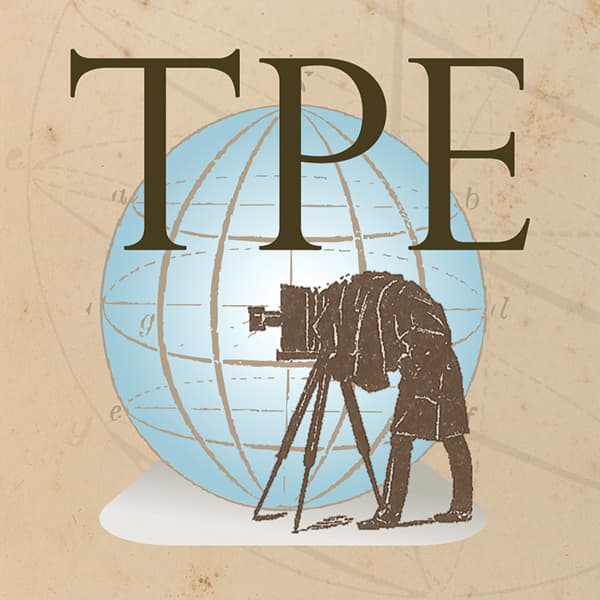
I use this app to plan out the area that the sun will come in from. I love first light as opposed to pre-dawn colour.
Backpack
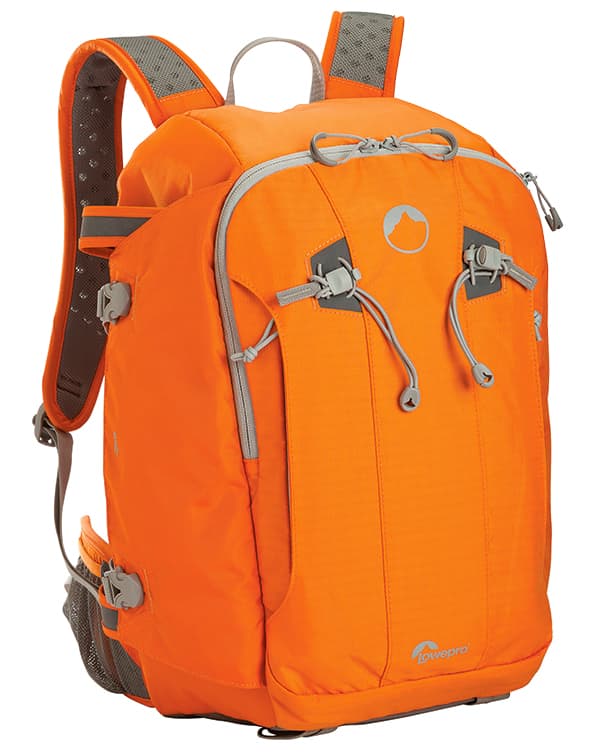
If you’re going wandering with a camera then you need a suitable bag to put everything in. I can just wander out with the camera and three lenses and I’m happy – less confusion. I use the Lowepro Flipside Sport 20l AW as I can fit everything in with no issues.
Top tips
Perspective
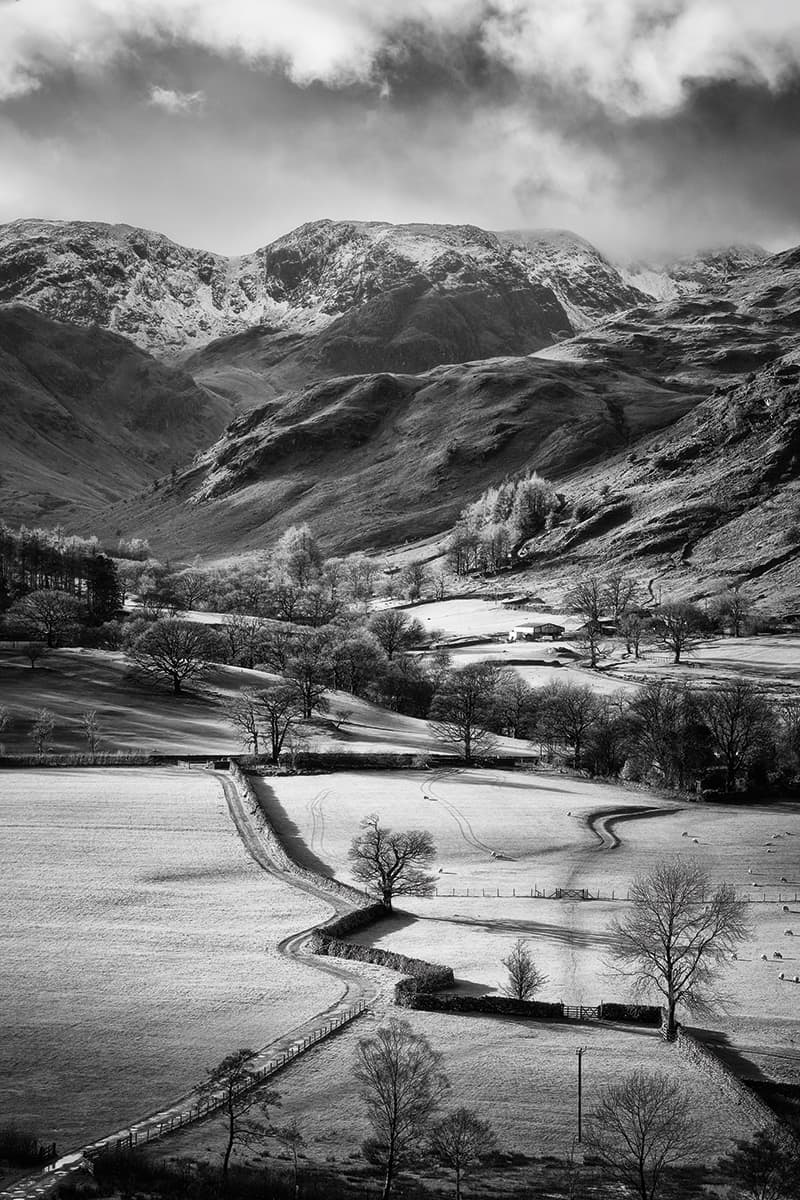
It’s important that once you’ve found a good spot you fully investigate it to ensure the best angle and that all your elements are in the right place. Simply standing still and using a zoom is lazy and won’t produce the best results.
I often wander around with my right eye closed, working out the best angle.
Anchor point
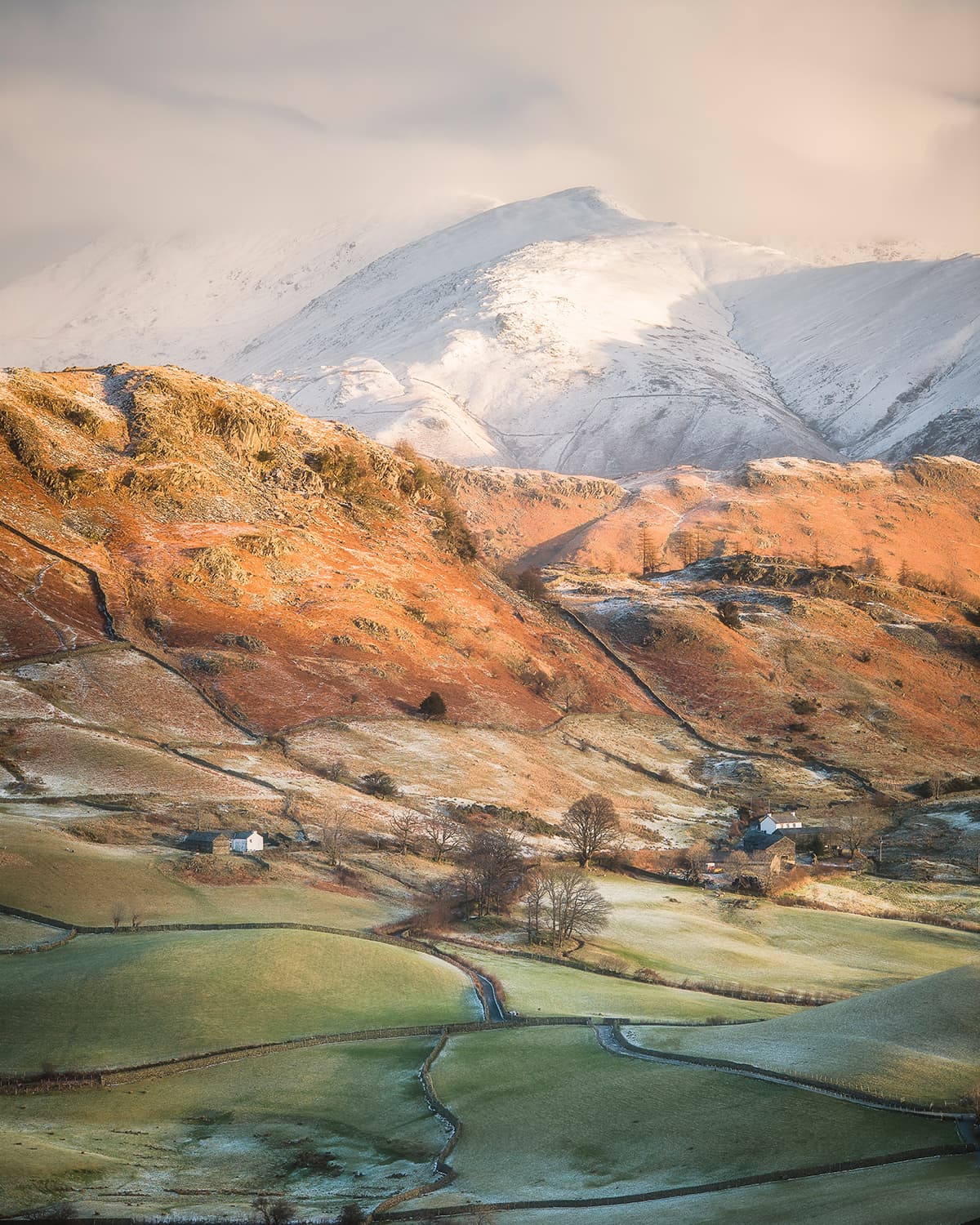
When shooting a longer-range landscape choose an anchor point on the edge of your composition and set up your image from there. In this case it was the edge of the fields at the bottom of the picture. This is something I do more often with portrait shots in a 5:4 crop.
Forget sky
When shooting woodland scenes you don’t necessarily need any sky in the shot. Often the most atmospheric part of the scene is the bases of the trees and the roots. Too much sky might lessen the mood. Panoramic crops work well in these situations.
Add depth
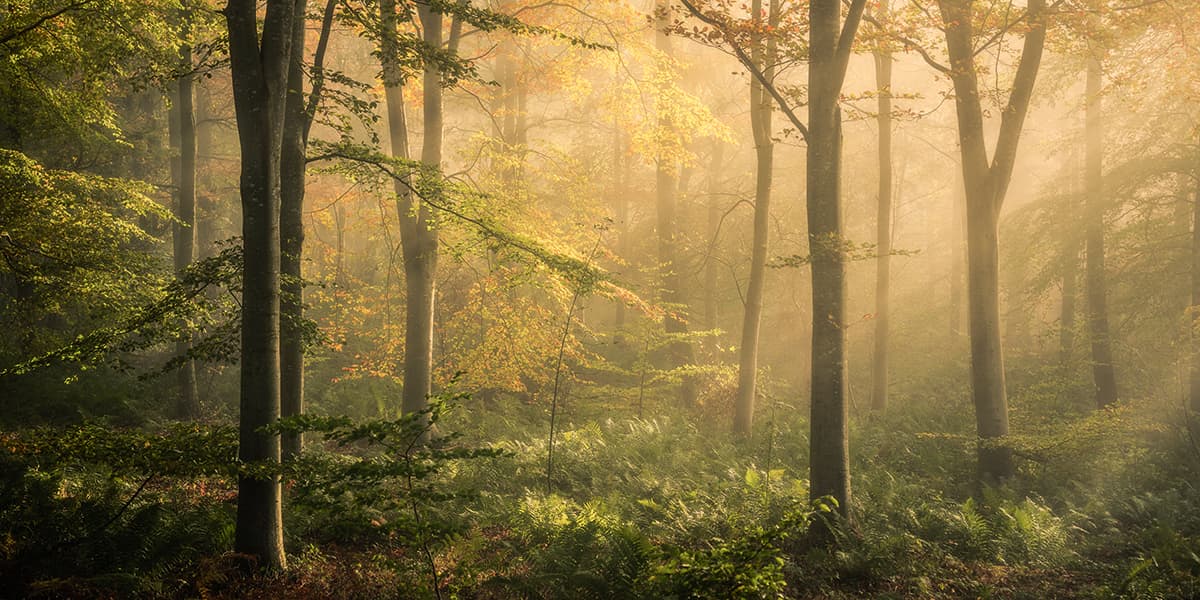
Shooting misty scenes at f/5.6 can add a real sense of depth to a shot. In any event, the mist ensures that the background will be indistinct. I just emphasise that feeling and try to enhance the ethereal quality and the overall mood.
Be prepared
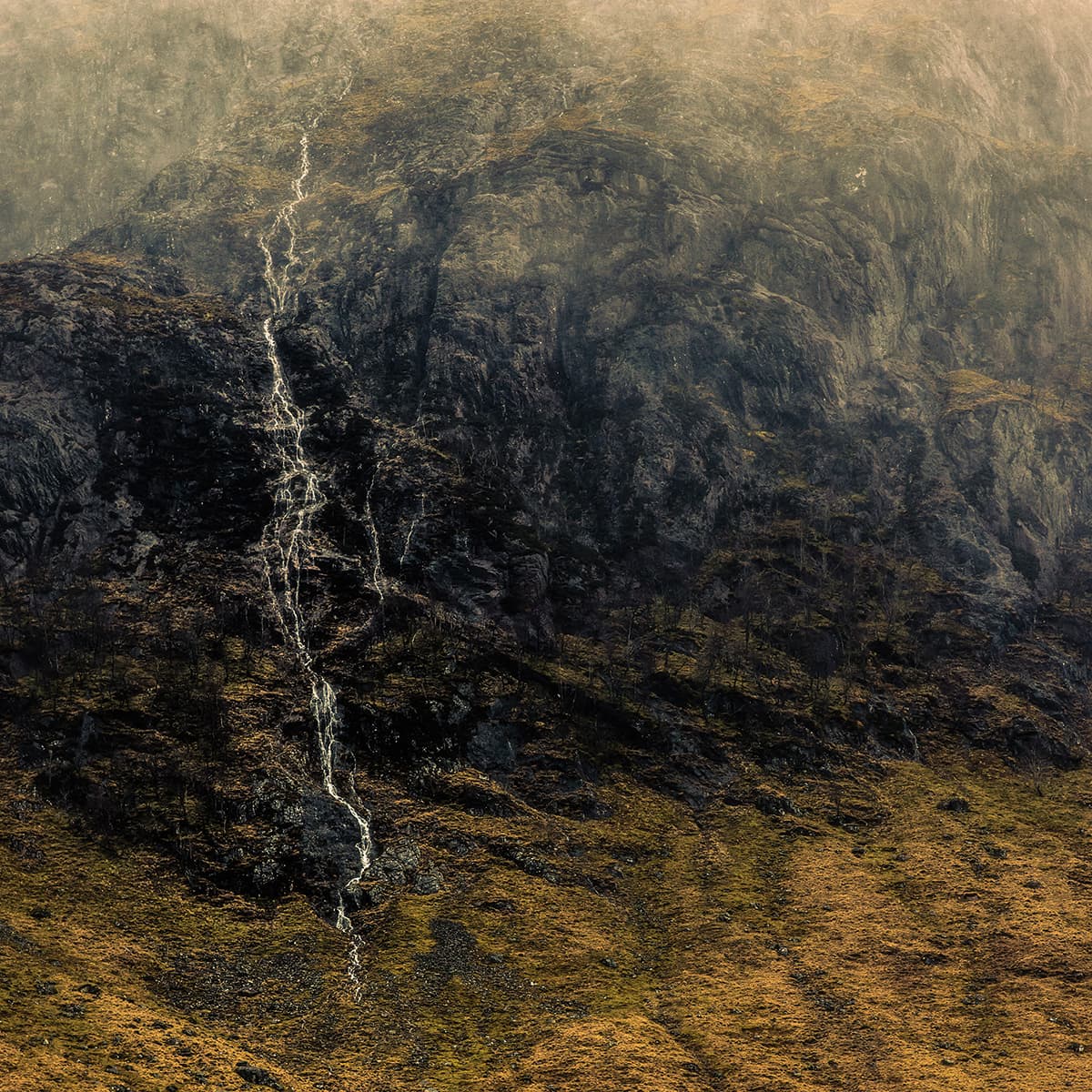
When shooting in poor weather and facing into the wind and rain, turn away and focus on something behind you, then switch to MF. In bad conditions AF can hunt a bit and you can’t afford that time. Once everything is right, decide on your composition, turn and shoot.
Mark Littlejohn
Mark Littlejohn came to photography late in life but has been making up for lost time ever since. He’s happiest wandering in the Eden Valley or around Ullswater in Cumbria with a camera in hand, waiting for the adrenaline rush of capturing that next beautiful moment.

